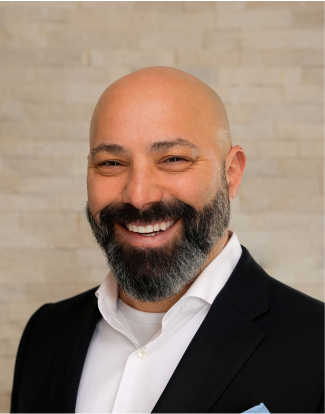The response to our previous newsletter on tips to manage market volatility was overwhelming. Thank you to everyone who sent their questions and feedback. The most common request was for more information on the tips we introduced last time. Below, we elaborate on some of the key points.
Staying invested. The knee-jerk reaction is to liquidate your investments to protect their current value. The logic to this argument is that we still do not know where the bottom is on the market slide. Yet, unless you’re intending to use your money now, these losses are not “real”, in the sense that they are only on paper. If you developed an appropriate financial plan and investment plan with your financial advisor, then the value of your investments should, given historical trends, be back to an acceptable level by the time you do need to use them. This is based, fundamentally, on your risk profile, and your investments should match that profile. If you feel that the changes in market value of your investments are greater than you can stomach, your investments may not match your actual risk profile and both should be re-evaluated.
It has been calculated that, in the wake of a bear market, sitting on the sidelines for just six months during the recovery could cost you as much as 29.9% in growth! For more information on these topics, check out the following articles from some of Canada’s leading investment companies:
Minimizing withdrawals. When you with draw money from investments that are down, you amplify the loss and hurt longer-term values. Imagine you have a TFSA with $50,000 investments. If this TFSA were to fall in value by 10%, to $45,000, it would take an 11% return to fully recover to $50,000. If, however, you withdrew an additional $5000 while the TFSA was down to $45,000, it would take 12.5%, not 11%, to recover that $5000. It would also take, not 22%, but 25% growth to return to $50,000! Not only does this delay the time it takes to recover the lost $5000, but impacts the compounded growth for years to come.
Using Balance Financial’s Three Bucket Retirement Income Strategy. The strategy was developed exactly for times like this and may help to protect your retirement income while investment values are lower. The Three Bucket Retirement Income Strategy incorporates the principles of the previous two strategies: staying invested as much as possible and minimizing withdrawals from your investments. The approach divides your retirement savings into three pools of money: Now, Soon and Later. Each pool, or bucket, has its own time horizon and risk profile, allowing you to remain invested in the markets (Later bucket) to maintain growth, while preserving your more immediate (two to three years) cash needs (Now bucket).
No matter what’s happening in your Later bucket, your available cash is not affected. Plus withdrawals do not impact the short or long-term growth of your investments.
Talking to a financial advisor. It’s in markets like these, and on days like today, that financial advisors show their true value. We remind you to remain committed to your financial plan and investment plan, and offer you opportunities to make the most of the current situation.



